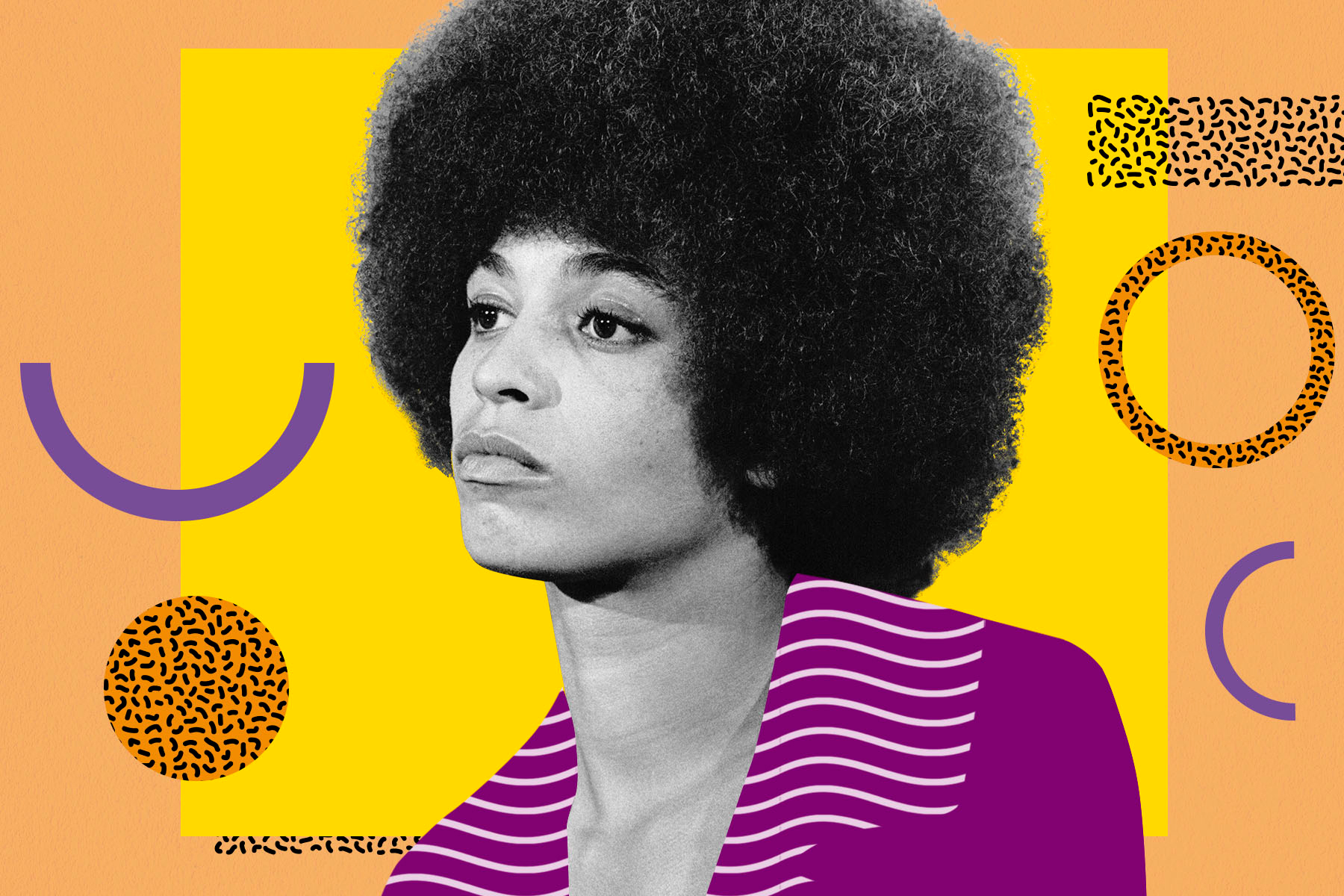
- Home |
- Search Results |
- ‘Illuminating and heartbreaking’: why Angela Davis’s Women, Race & Class still resonates
‘Illuminating and heartbreaking’: why Angela Davis’s Women, Race & Class still resonates
More readers than ever are discovering Angela Davis's landmark work of intersectional feminism. With issues like reproductive rights still a political battleground, there's much still to learn from her lucid and galvanising account of Black history.
In the midst of renewed and threatening conversation about overturning Roe v. Wade in the US this year, I thought again about something Angela Davis wrote in her landmark 1981 text Women, Race & Class, about the American Eugenics Society director, Guy Irving Birch: “Birch advocated birth control as a weapon to ‘prevent the American people from being replaced by alien or Negro stock, whether it be by immigration or by overly high birth rates among others in this country.’”
Back in 1981, Davis was presenting us with the shocking relationship between theories of eugenics and the burgeoning contraception movement, which spawned anti-Black birth control programmes and policies that we’re still feeling the impact of now. I was struck by how this 40-year-old book still continues to shed light on issues that affect Black women in the present day.
In her book, Davis takes her readers on a journey, starting with the conditions of slavery, weaving through the women’s suffrage movement spanning over 100 years, through the women’s labour struggle and the Black women’s club movement, ending at her present-day ruminations on domestic work in the late 1970s.
Considering how historically dense Women, Race & Class is, spanning centuries within its 256 pages, it remains a relatively easy read with a clear voice illuminating the varying agendas of different parties, such as the Black suffrage-endorsing Republicans in the North who sought the Black vote to overcome their Democratic opponents (who at that time represented the Southern slaveholding class).
The book is peppered with a host of source material dating back as far as the early 19th Century, and through these painstakingly researched case studies, we’re introduced to historical figures such as teenager Ann Wood, who “directed a wagon-load of armed boys and girls as they ran for their freedom” until they were stopped in 1855, in a shootout with slavecatchers.
We bear witness to mill-workers who, in the little time they had for food, “raced from the hot, humid weaving room several blocks to their boarding houses, gulped down their main meal of the day, and ran back to the mill in terror of being fined if they were late”, not even taking off their coats while they ate. We meet Prudence Crandall, a white teacher who recruited Black girls to join her school in Canterbury, Connecticut, much to the gall of her fellow townspeople, who passed a resolution in an attempt to block her endeavours.
We’re confronted with the painful stories of newly emancipated Black women still trapped in domestic labour and resorting to showing up at street-corner markets where white women could have their pick from the dozens of Black women desperate for work. As one source writes, “Once hired on the ‘slave market’, the women often find after a day’s back-breaking toil, that they worked longer than was arranged, got less than was promised, were forced to accept clothing instead of cash and were exploited beyond human endurance. Only the urgent need for money makes them submit to this routine daily.”
Alongside exposing us to real-life people who struggled, fought and survived during historical periods that often feel like a blur of trauma and tragedy, Davis challenges much of what many of us knew to be true about the unfolding of the Black vote and the women’s rights movement and the ways their missions were aligned and then wrenched apart over the quandary of whose predicament was most urgent.
I was struck by how this 40-year-old book still continues to shed light on issues that affect Black women in the present day.
While it is critical to not attempt to reproduce US politics within a UK context, parallels can certainly be drawn, considering that anti-Blackness is a universal framework. Women, Race & Class highlights issues of race and class that have also plagued white-led women’s organising within the UK, and much like Black women’s clubs organised in the US to resist oppression that specifically impacted Black women (like targeted sexual abuse from white men in positions of power), the UK Black Women’s Movement in the late 70s and early 80s emerged in order to combat areas that were not prioritised within mainstream movements, such as birth control testing on Black women and bleak labour environments.
Davis’s efforts, in Women, Race & Class, to provide a robust study of the conditions Black women faced in the US were admirable and necessary, correcting ill-conceived and aloof historical undertakings that threatened to obscure their unique legacy. With a long track record of fighting for Black liberation, Angela Davis was well-placed to provide us with this recounting of history – one that remains simultaneously illuminating and heartbreaking almost half a century later.
Image: Alicia Fernandes / Penguin
What did you think of this article? Let us know at editor@penguinrandomhouse.co.uk for a chance to appear in our reader’s letter page.